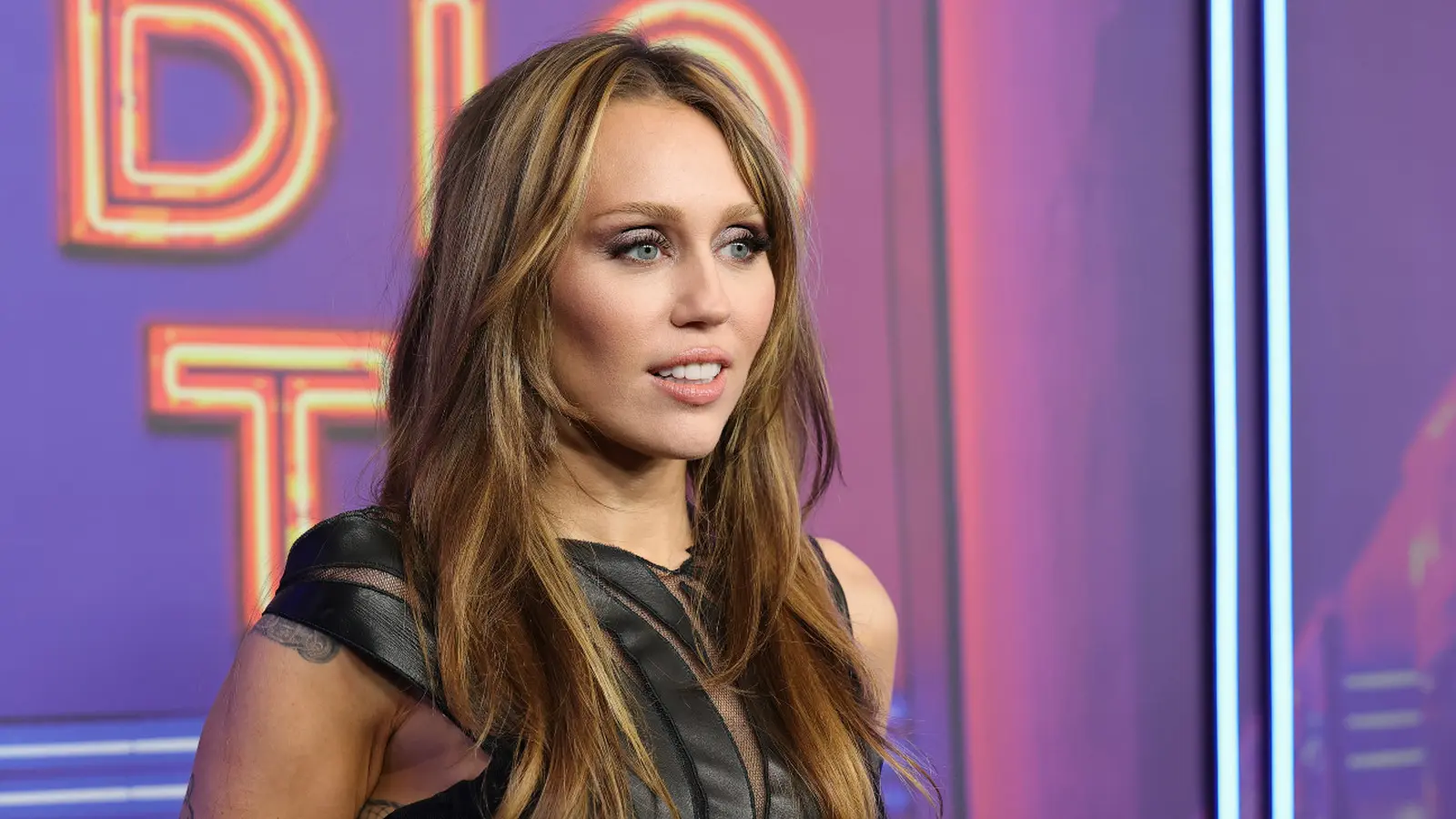5 Minutes
Miley Cyrus and the Birth of Modern Cancel Culture
Miley Cyrus recently reflected on the wave of backlash that swept her career in the early 2010s, telling CBS Mornings that she sometimes wonders if she was "the first person to maybe ever be canceled." The remark lands as a pointed reminder of how quickly fame, image and social media collided to create what we now call cancel culture — a phenomenon that has shaped careers across music, television and film.
From Disney Darling to Provocateur
Cyrus rose to mainstream fame as the star of the Disney Channel series Hannah Montana (2006–2011), a family-friendly role that made her a juggernaut among tween audiences. But as she pivoted toward a mature pop persona, the public reaction was swift and uncompromising. Her 2013 MTV VMA performance with Robin Thicke and the subsequent Bangerz era, featuring music videos for "Wrecking Ball" and "We Can't Stop," marked a deliberate transformation. For many viewers — especially parents who had embraced her as a wholesome role model — the reinvention felt like a betrayal.
"I didn't know until I was older actually how brutal it really was," Cyrus said, reflecting on how harsh the criticism could be. At the time, she remembers enjoying the creative freedom and a sense of fun; only later did the cultural fallout reveal itself as more damaging than it had seemed.
Context: Why Cyrus's Case Feels Different
Cyrus's moment is often cited as an early example of modern online moral panic. Unlike predecessors such as Madonna or even fellow Disney alums Justin Timberlake and Britney Spears — who underwent public reinventions with varying levels of backlash — Cyrus's shift landed in an era when social platforms amplified outrage instantly. The relentless cycle of headlines, think pieces and viral clips made her choices into a constant cultural conversation.

Film and television critics have noted parallels with other star transitions. Justin Bieber's rough patches, Selena Gomez's public struggles and Britney Spears's conservatorship saga each show different shades of public scrutiny. But Cyrus's case stands out because it was staged at the crossroads of youth television, provocative music videos and a 24/7 social-media audience.
Industry and Artistic Perspective
Her story is instructive for artists crossing from child stardom into adult careers: the entertainment industry tends to reward reinvention, but audiences — and the media that mediate them — can be unforgiving. Music video directors and pop producers leaned into shock aesthetics in the 2010s to break former child stars out of established images; that strategy often delivers attention, but it can also attract moralizing backlash.
"Cyrus's trajectory is a case study in how fame and image management evolved when social platforms became the court of public opinion," says film critic Anna Kovacs. "Her artistic choices forced a public reckoning about who she was allowed to be. That tension between persona and performance is central to modern celebrity culture."
Behind the Scenes and Fan Reaction
Fans were divided then — and remain engaged now. Some embraced the new, fearless Miley; others longed for the Hannah Montana era. Behind the scenes, Cyrus has spoken about retaining a connection to her Disney past: on The Ringer’s Every Single Album podcast she said she still felt Hannah in some way, acknowledging the character's formative role in her identity.
Trivia for pop-culture buffs: the choreography, costume choices and set design of the 2013 VMAs were carefully planned to shock and generate headlines, a common tactic used by music stars to carve new creative directions. Those choices shaped a moment that remains widely discussed in entertainment retrospectives.
Legacy: Awards, Reinvention, Resilience
Whatever critics said then, Cyrus’s later achievements have reshaped the narrative. She won her first two Grammys in 2024 for "Flowers" and added a third in 2025 for a duet with Beyoncé, signaling industry recognition that outlasted the tabloid storms. Her career arc — from TV lead to pop provocateur to acclaimed artist — maps a broader story about resilience in an age of instant judgment.
Miley's experience is more than a celebrity anecdote; it's a lens on how media, fandom and cultural standards collide. For filmmakers, showrunners and music video directors, it's a reminder that image work is both creative strategy and cultural risk. Whether you view her evolution as brave reinvention or a cautionary tale about public opinion, it remains one of the defining celebrity narratives of the 2010s and beyond.
Source: hollywoodreporter



Leave a Comment